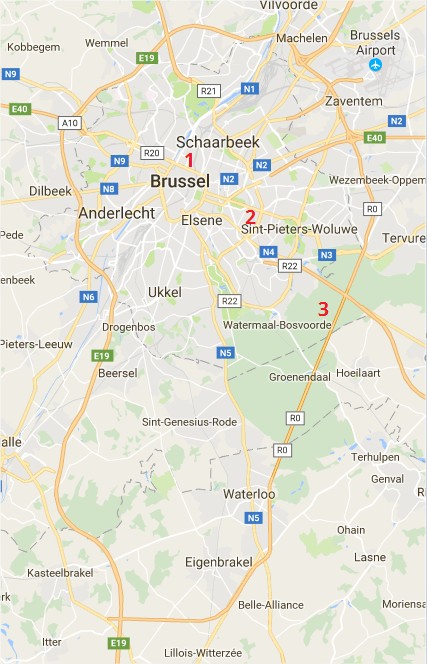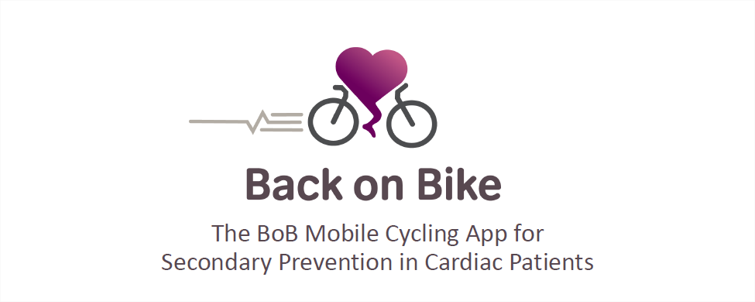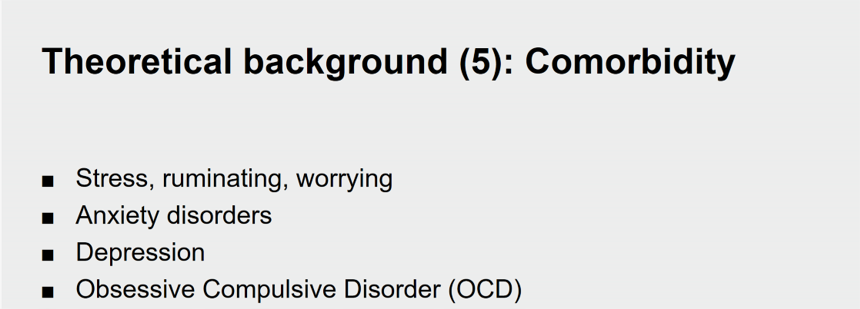Where is the Brussels inner ring road located?

There is more jargon out there than you think. In this blog post we will answer the question: ‘Where exactly is the Brussels inner ring road located?’ and we’ll look at the different types of jargon.
When I urge scientists to use less jargon during their presentations, they often reply: ‘but people in my field know exactly what I mean when I use the word X’.
Well, I wouldn’t be so sure of this.
While you may be using a certain word day, day out, that does not mean that every other researcher in your field is familiar with that word.
Let me illustrate this by asking you where the Brussels inner ring road is located.
Where is the Brussels inner ring road located?
‘Traffic is at a standstill on the Brussels inner ring road’. Anyone who has ever driven around in Belgium has surely heard this over the radio. Traffic jams on the inner ring road have become a daily item on the radio traffic alert. This common term ‘inner ring road’ does not seem to be jargon at all. And yet it is.
To support my theory, I posted a poll among my Facebook friends (talk about a most unscientific sampling!), asking them this very simple question: ‘Where is the Brussels inner ring road located? Answer 1, 2 or 3.’

The results?
- 24 people answered incorrectly (answer 1 and 2)
- 24 people answered correctly (answer 3)
FYI: Answer 3 is correct. The Brussels inner and outer ring roads are one and the same road, only the driving direction determines which one you are on. When you are driving on the inner lane (clockwise), you are on the inner ring road.
This does bring up the fact that the traffic center and the newsreaders simply assume that most of their listeners are familiar with the term ‘inner ring road’. This is certainly not the case, with around 50% of people not being clear on this.
The same applies to your research. While you may assume that ’everyone is familiar with word X’ because it is so common in your mind, this could be a very incorrect assumption. An important first step is to recognize jargon, to then decide how to deal with it. Do you keep or drop it?
There are two types of jargon: real jargon and hidden jargon.
Real jargon
Examples of real jargon are words such as endothelium, homozygous, or cystinose. Real jargon is very straightforward and you should quickly be able to decide to use or replace it in your presentation.
Know that fellow researchers do not always understand you. During the time that I was doing research on water treatment, I must admit that I did not understand every term that was thrown out during professional conferences.
Hidden jargon
And then there is hidden jargon. This is not as easily recognizable because it does not always present itself in the form of complicated words.
An example:

What is ‘secondary prevention’?
Just as ‘inner ring road’, ‘secondary prevention’ is not a difficult term. While it may not look to be jargon, it definitely is. I can guarantee you: at least 50% of the general population does not know what secondary prevention among heart patients is. Just like 50% of the population wouldn’t be able to tell you what the Brussels inner ring road is.
Another example:

What are ‘out-of-pocket’ costs?
When addressing physicians, they will surely know that ‘out-of-pocket’ costs are what the patient pays. But when you mention this same term to patients, they may very well draw a blank.
And one final one:

What is comorbidity?
Again, not a complicated term that you would need to elaborate on for an audience of experts, but it is in fact hidden jargon: do not simply assume that every audience is familiar with this term.
Conclusion: be aware of your jargon use
Personally, I try to steer clear of jargon. But everyone will decide this for himself. An important first step is to evaluate which of your terms are jargon, and which ones are not. Let this guide you in deciding whether to keep or drop them.
And while your making this informed decision, remember that even a term like the ‘Brussels inner ring road’ is jargon.